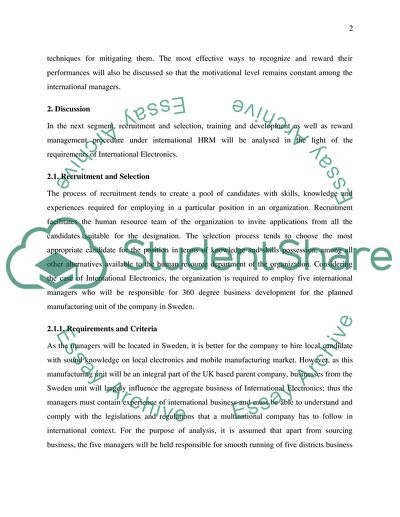Cite this document
(“International HRM: International Electronics Book Report/Review”, n.d.)
Retrieved de https://studentshare.org/human-resources/1685769-produce-a-report-based-on-an-international-hrm-case-study
Retrieved de https://studentshare.org/human-resources/1685769-produce-a-report-based-on-an-international-hrm-case-study
(International HRM: International Electronics Book Report/Review)
https://studentshare.org/human-resources/1685769-produce-a-report-based-on-an-international-hrm-case-study.
https://studentshare.org/human-resources/1685769-produce-a-report-based-on-an-international-hrm-case-study.
“International HRM: International Electronics Book Report/Review”, n.d. https://studentshare.org/human-resources/1685769-produce-a-report-based-on-an-international-hrm-case-study.


